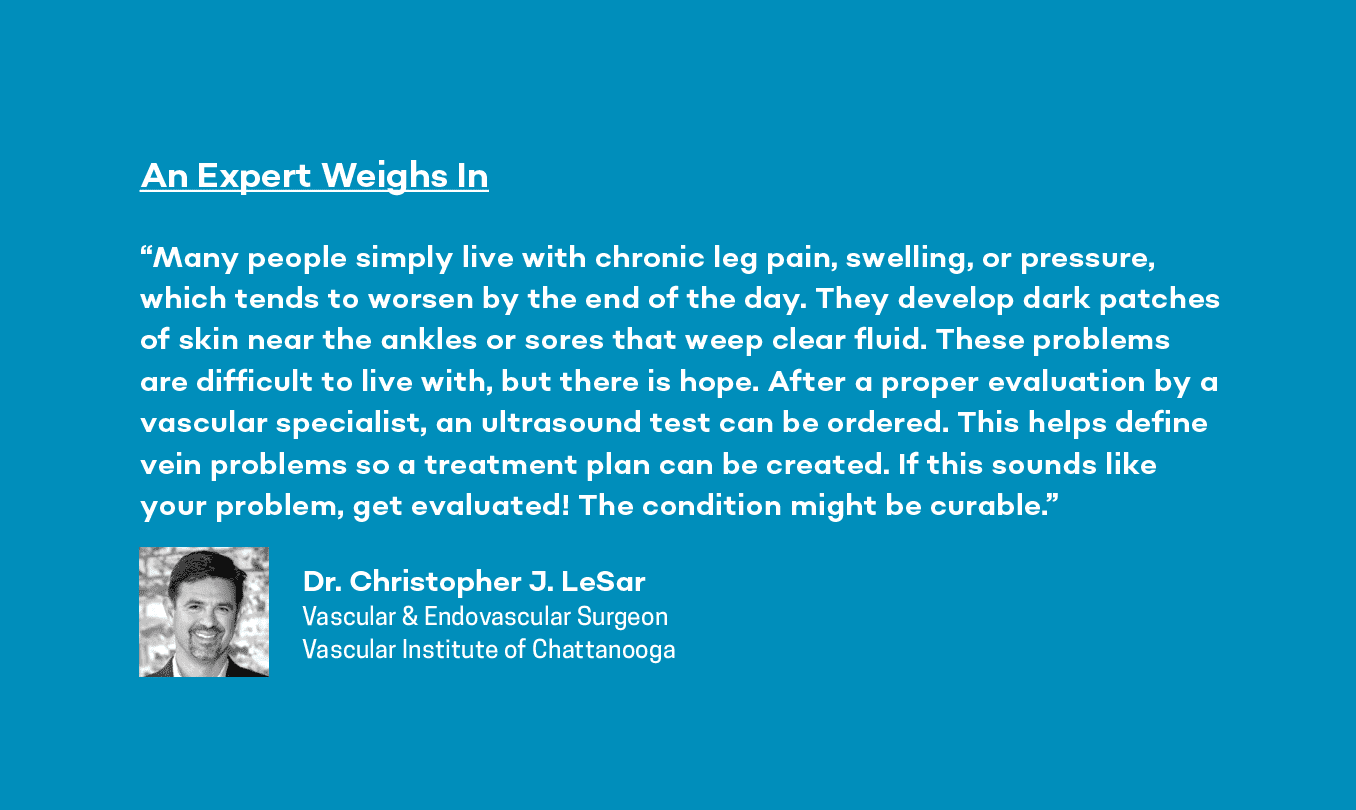Understanding Iliofemoral Venous Obstructive Disease
The iliac and femoral veins, which together form the iliofemoral venous system, are deep veins located in the pelvic region. Deep veins are found in muscles and along bones, and they carry at least 90% of the blood from the legs toward the heart.
Sometimes, these veins can be externally compressed or blocked internally by a blood clot, resulting in venous obstructive disease. Vein disease affects approximately 40% of the U.S. population and is often caused by conditions like varicose veins; deep vein thrombosis (DVT); post-thrombotic syndrome (PTS), a serious complication of deep vein thrombosis that can be disabling; or by other vein compression syndromes. While not typically life-threatening, venous obstructive disease can result in pain, swelling, and skin ulcers and can significantly reduce a person’s quality of life.
New Solutions
Designed to treat symptomatic venous obstruction, the Vici venous stent system restores normal blood flow from the legs back to the heart. The stent, which is made of a mixture of nickel and titanium called nitinol, reopens damaged veins and prevents further complications.
What to Expect from the Procedure
Before the endovascular (minimally invasive) procedure begins, a patient is often sedated and given a blood thinner to help prevent clotting. Next, a guidewire is inserted into the damaged vein and a venogram (X-ray of the veins) is performed to establish a proper “road map” for treatment. After taking measurements of the vein, a proper stent size is selected, and the diseased portion of the vein is dilated with a balloon. The stent is then inserted, and the patient’s own body heat causes it to expand within the treated area. If a patient requires more than one stent, the process is repeated as many times as necessary to restore effective blood flow.
The procedure is typically completed in under an hour and may or may not require a short hospital stay.
Benefits to Patients
In addition to relieving symptoms like pain and swelling in the lower legs, the Vici venous stent system is specifically designed to optimize crush resistance and flexibility. This allows patients to return to greater physical activity and quality of life than they had before. HS


